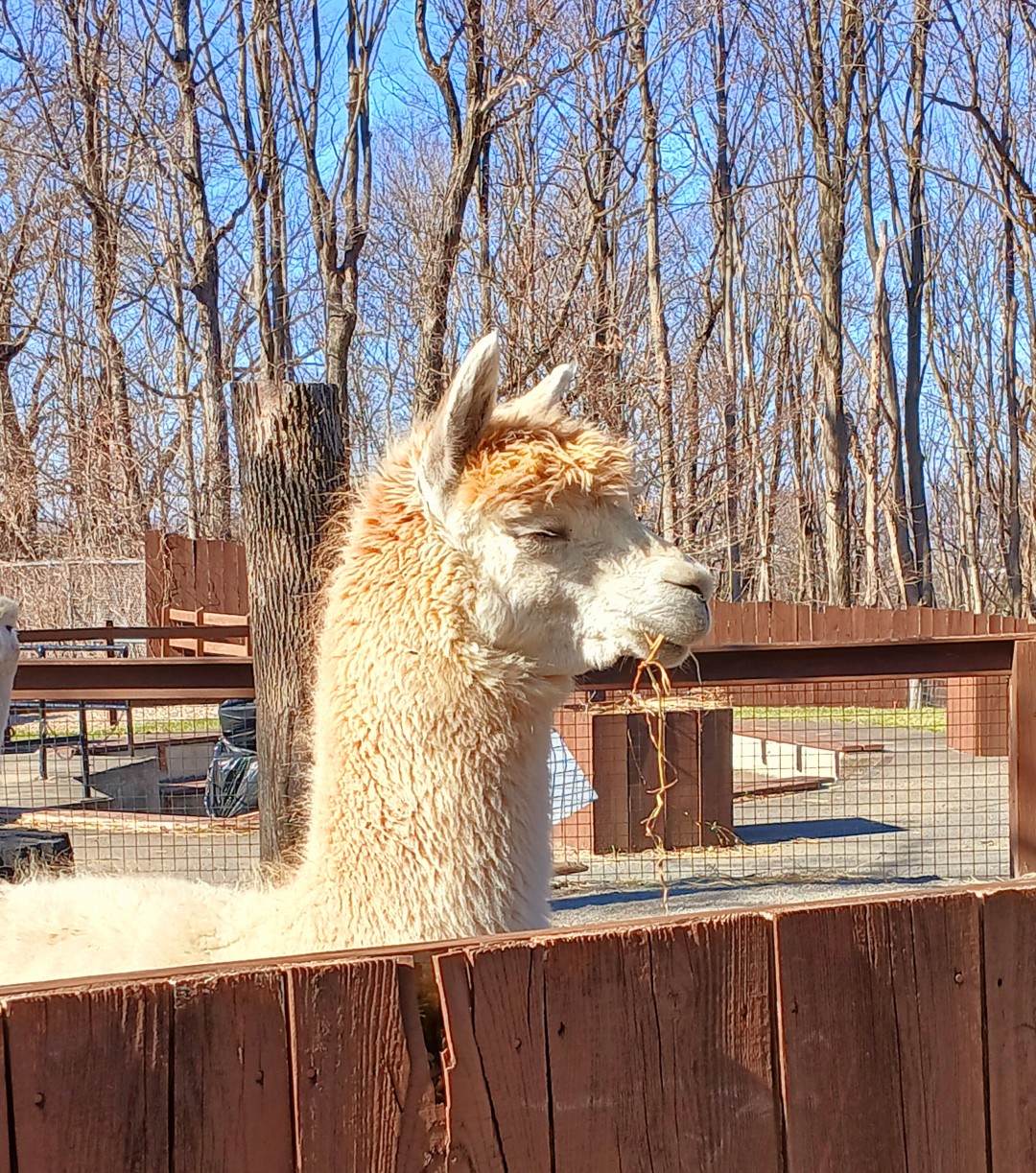- The biological importance of vitamin D in alpacas for strong bones and overall health.
- Behavioral patterns of alpacas when sunbathing and its significance for their well-being.
- Sunbathing habits of alpacas and their impact on conservation and farm management.
- The role of sunlight exposure in managing alpaca health in captive and wild environments.
- Environmental and anthropogenic factors affecting alpaca sunbathing behavior and strategies for adaptation in zoo and farm settings.
Alpacas, cherished for their gentle demeanor and soft fleece, often capture attention with their peculiar habits, particularly their love for sunbathing. This behavior goes beyond mere relaxation; it’s a critical aspect of their health. Alpacas absorb sunlight to synthesize vitamin D, vital for maintaining strong bones and supporting various physiological functions. Much like humans, these animals rely on sunlight to facilitate this process. Vitamin D is integral for calcium and phosphorus absorption, minerals essential for bone mineralization. Without adequate levels, alpacas are vulnerable to bone disorders, muscle weakness, and an array of health problems. Their inclination towards sunbathing is not just endearing but crucial for their well-being, making it an important subject for those involved in alpaca care and management.
On warm, sunny days, it’s common to observe alpacas lying flat on the ground, basking in the sunlight. This behavior allows them to optimize their exposure to sunlight, ensuring that the maximum surface area is in contact with sunlight. Usually, they expose their bellies, which may appear vulnerable, but doing so actually increases vitamin D synthesis. This behavior is instinctual and deeply rooted in their biology. It mirrors how they would behave in their native South American highlands, where they adapted to the climate and environmental conditions of the Andes mountains. Understanding this sunbathing behavior is key to recognizing their instinctual needs and provides insights into how to best manage them in captivity and open ranges.
The practice of sunbathing has significant implications for alpaca conservation and farm management. In captive or managed environments, it is essential to mimic their natural habitat to maintain their health and well-being. Providing spaces with adequate sunlight and reduced shade during peak sunlight hours is crucial. This becomes especially important in regions where natural sunlight availability may be limited due to weather conditions or environmental factors. For those involved in managing alpacas, facilitating access to safe, sunny environments is a priority. This ensures the preservation of their natural behaviors and supports their health by preventing vitamin D deficiency.
Sun exposure is also a critical element in managing alpaca health, especially when considering the differences between captive and wild alpaca populations. In zoos and farms, managers face the challenge of replicating the alpaca’s native environmental conditions. These challenges are often met with creative solutions, including the design of enclosures that maximize sun exposure and the inclusion of artificial UV lights in areas where sunlight is insufficient. Exposure to sunlight is a natural behavior that enhances alpaca health and reduces the risk of illnesses associated with vitamin deficiencies.
Environmental and human factors significantly influence alpaca sunbathing behavior. Climate change, habitat alteration, and the encroachment of human activities limit their access to natural sunlit areas. Farmers and conservationists can adopt strategies that mitigate these impacts. Preserving open spaces within farms, creating sunlit zones in enclosures, and adapting to weather patterns are some of the methods to foster natural behavior. Attention to these factors underlines the importance of habitat management in conserving wildlife and ensuring the optimal health of domestic animals like alpacas.
The love of alpacas for sunbathing is more than a simple curiosity; it has profound implications for their health and management. Understanding and facilitating this behavior aligns with broader conservation goals and enhances farm productivity by ensuring the animals remain in optimal health. As climate and environmental conditions continue to evolve, adapting management practices will be crucial. Embracing these practices not only supports the well-being of alpacas but also strengthens efforts to preserve their cultural and ecological significance, ensuring their continued presence in our shared ecosystems.
*****
Source Description
Alpacas love sunbathing! 🦙 Enjoying the sunshine can produce vitamin D, which is crucial for strong bones and healthy bodies. ☀️
You may even see alpacas laying flat on the ground so their bellies get the most rays. 😎
@VisitOneidaCounty


